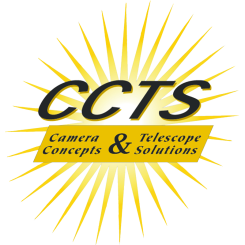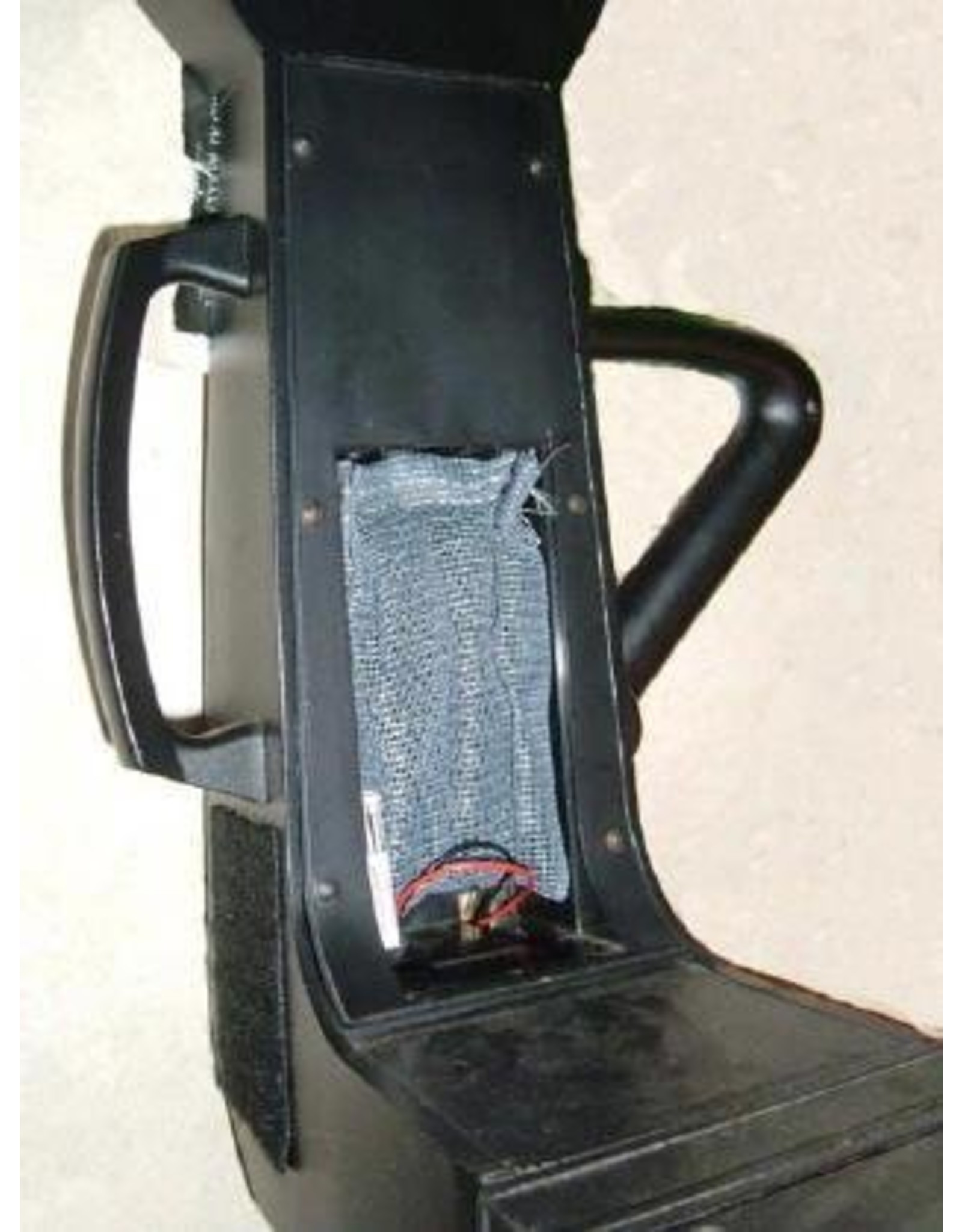Peterson Engineering 2-Pound Azimuth Battery Compartment Bias Weight for Meade SCT and ACF Scopes
| Article number: | AW |
| Availability: | More on the Way to us |
| Delivery time: | More on the Way to us |
The prime reason for Meade's big SCTs being equatorially mounted is to facilitate astrophotography. In the equatorial mode, these scopes will not track with precision unless the drive gears are positively engaged. This flexible lead weight fits into the battery compartment in the scope's left fork arm, causing the scope to tend to rotate to the east. Since the scope is slowly tracking to the west, the drive gears are positively engaged. The image to the right shows the flexible weight installed into the battery compartment before the cover has been replaced.
Proper drive engagement is desirable at all times, but is critical for successful imaging.
The west (right) fork arm in Meade's big SCTs is a bit heavier than the east (left) fork arm due to the drive being in the right hand fork arm. In equatorial mode this out-of-balance condition causes the scope to try to swing toward the west. As a result, the drive gears are holding the scope back to the east rather than pushing it forward to the west. You are depending upon gravity to actually drive the scope, and the friction in the system makes this a very "iffy" thing.
It's easy to test a scope's azimuth balance. When the azimuth drive is unlocked, gravity may rotate the scope to the west. But bearing friction is present and the scope may not turn freely without a gentle push. Giving the scope a gentle nudge to the east might cause the scope to turn a small amount east. But giving the same gentle push toward the west will cause the scope to rotate quite a bit further.
No one but a beginner would consider operating these scopes with "C" cells as they have a very short life and once their peak charge is gone the scope can operate erratically. In this modification, the battery holder is unplugged and replaced with a flexible heavy mesh bag containing lead shot. This bag of shot will mold itself into the space left by the battery holder.
The image to the left is a full size photograph of the weight.
Proper drive engagement is desirable at all times, but is critical for successful imaging. The west (right) fork arm in Meade's big SCTs is a bit heavier than the east (left) fork arm due to the drive being in the right hand fork arm. In equatorial mode this out-of-balance condition causes the scope to try to swing toward the west. As a result, the drive gears are holding the scope back to the east rather than pushing it forward to the west. You are depending upon gravity to actually drive the scope, and the friction in the system makes this a very "iffy" thing. It's easy to test a scope's azimuth balance. When the azimuth drive is unlocked, gravity may rotate the scope to the west. But bearing friction is present and the scope may not turn freely without a gentle push. Giving the scope a gentle nudge to the east might cause the scope to turn a small amount east. But giving the same gentle push toward the west will cause the scope to rotate quite a bit further. No one but a beginner would consider operating these scopes with "C" cells as they have a very short life and once their peak charge is gone the scope can operate erratically. In this modification, the battery holder is unplugged and replaced with a flexible heavy mesh bag containing lead shot. This bag of shot will mold itself into the space left by the battery holder.


